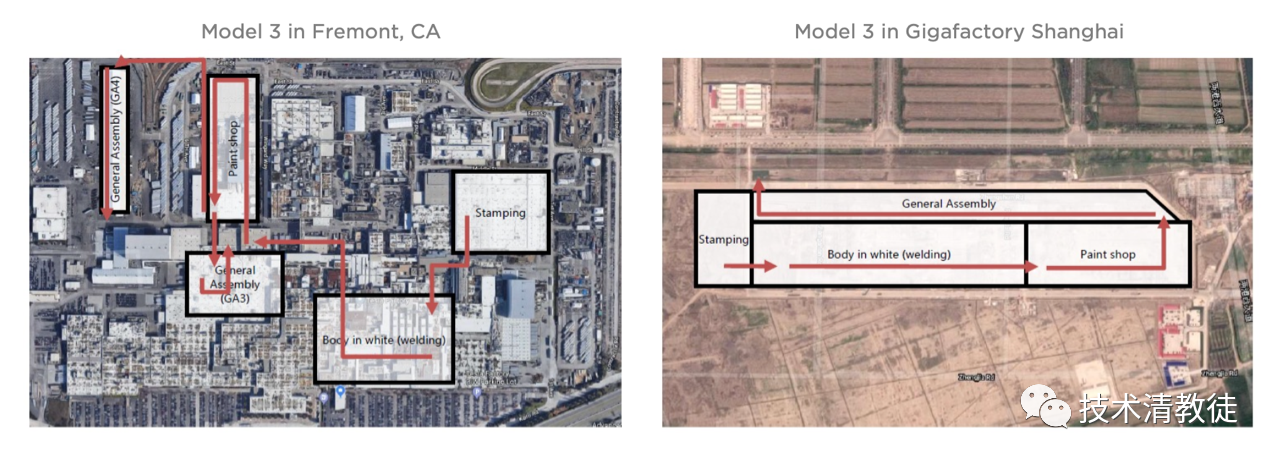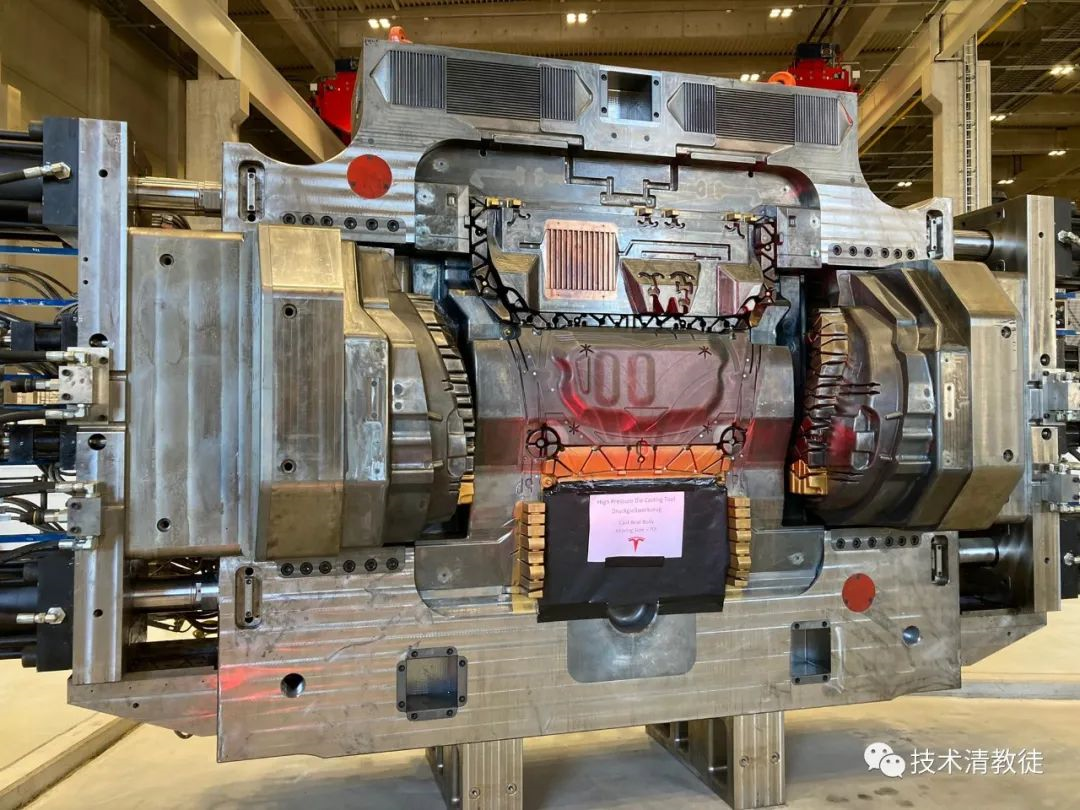Translation:
Article: 1,331 words
Estimated reading time: 6 minutes
The future of Tesla is a company that integrates vertical manufacturing of cars, energy production and charging networks, and mobility technology.
Continuing from the previous article, this article will discuss why Tesla is a company that integrates vertical manufacturing of cars, and its value.
The annual production capacity of Tesla’s Shanghai Super Factory has increased fourfold from 150,000 in Q1 2020 to 600,000 in Q3 2021 in just a year and a half, which is an impressive achievement without additional large-scale capital investment. Elon Musk also frequently praises the Shanghai Super Factory: “highest production, lowest cost, less drama.”
How did the Tesla team achieve this? It is not clear about the specific details of the execution process because it is impossible to observe the Shanghai Super Factory up close and personal, nor is it clear what happened during the process. However, this does not affect our understanding of the results from a broader perspective.
The main reason why large-scale capital investment is needed for car production is (1) for purchasing land, (2) building factories, and (3) purchasing equipment, which are the three largest capital expenditures. Compared to these three largest capital expenditure items, other capital expenditures can be considered as small change.
If Tesla can increase its production capacity by several times and not spend a lot of money on these three items, then it must have put a lot of effort into improving space utilization rates and increasing manufacturing paces of production equipment.
Firstly, the layout of the Shanghai Super Factory is very different from that of the Fremont Factory, particularly in terms of the layout of stamping, welding, painting, final assembly, and quality control production lines. It can be seen that the flow efficiency of the Shanghai Super Factory is higher, and the connections between processes are very tight.

Secondly, the building for producing the Model Y consists of two floors. The lower floor is used for stamping, welding, final assembly, and quality control, while the upper floor is used as a buffer warehouse for the flow of frames and parts. This is like producing on the bottom and using the top as a transfer station, fully utilizing vertical space.Also, as we have all heard, the Shanghai Super Factory of Tesla does not have a parts warehouse, and relies entirely on containers for transportation and storage. The parts from suppliers are loaded into containers, which are directly docked at the small door next to the corresponding final assembly process. Every process places two containers with the same parts at the corresponding position, and seamlessly switches to another container after one is used up, and the supplier replaces the used container with an empty one. This cycle is repeated, much like the infinite bullets in a game, using containers as warehouses to save circulation distance. This is a win-win situation.
Of course, this means that Tesla must have pre-requirements for the supplier to fill the containers, which need to be unloaded and loaded without secondary sorting. This requires a strong supply chain team to work with suppliers.
In terms of equipment, the Tesla Shanghai Super Factory has begun using an integrated die-casting machine to manufacture the Model Y rear underbody. Using integrated molding technology, the 70 components of the Model Y rear underbody can be integrated into 2 components, which can save more than 300 mechanical arms in the welding process. The weight of the parts casted by the die-casting machine is still 20% lighter than the original process, and the remaining corner material recovery rate can reach 90%.
This not only saves time and space, but also saves materials and energy. It is a true four-in-one solution that benefits from advanced manufacturing technology. This large-scale die-casting machine is the Giga Press that Tesla spent several years developing in partnership with IDRA.
When Tesla needs to solve an engineering problem, it strictly follows the following 5 steps:
(1) Make your requirements not so stupid and ask yourself if this is a necessary thing or matter.
(2) Try to delete parts or processes. If you keep adding more designs to something or adding more steps to a thing, it is clear that your leadership is not enough.
(3) On the basis of the first two steps, the third step is to start the optimization, because many clever engineers often optimize something that should not exist at all, so the third step is optimization.
(4) On the basis of the first three steps, speed up the cycle time of the process. If the action is too slow, you need to speed up, but don’t try to speed up before completing the first three steps.
(5) The last step is automation.Tesla’s astounding engineering capabilities may be attributed to their team’s mindset, which has accomplished so much in such a short period of time.
(to be continued)
This article is a translation by ChatGPT of a Chinese report from 42HOW. If you have any questions about it, please email bd@42how.com.
